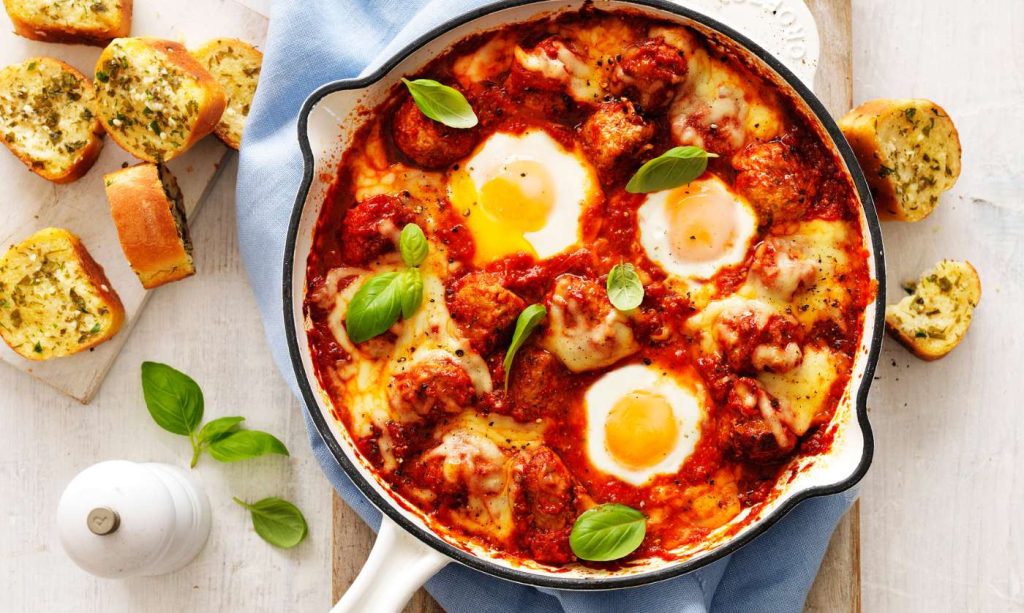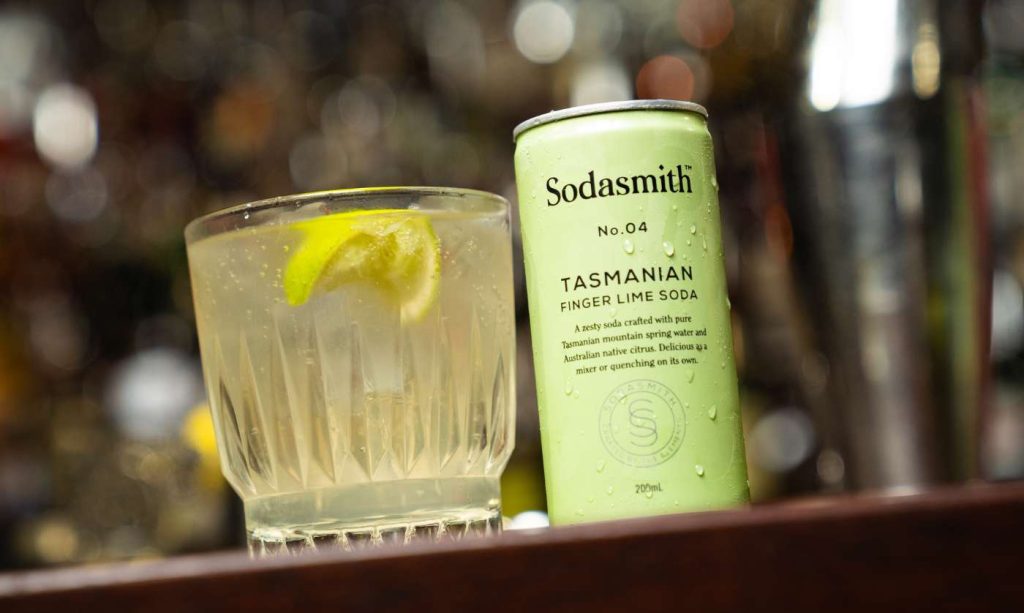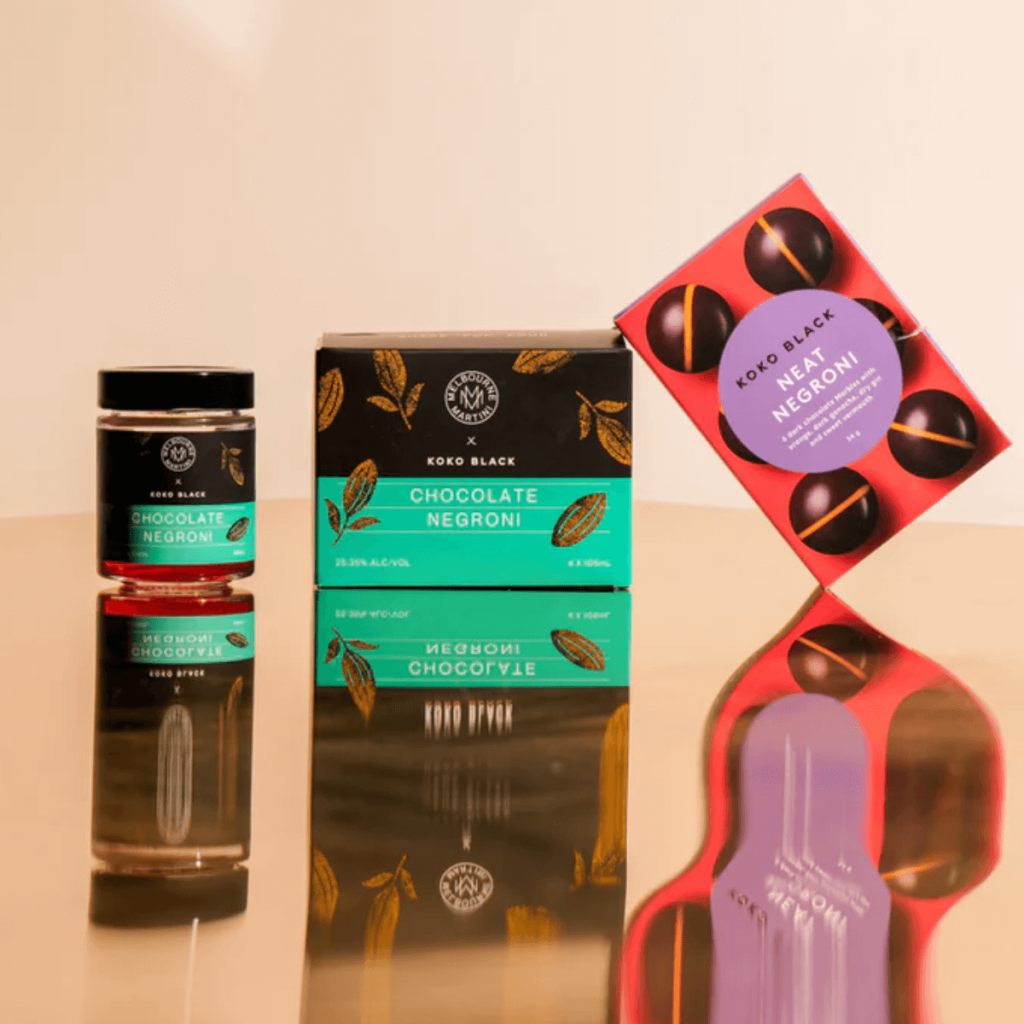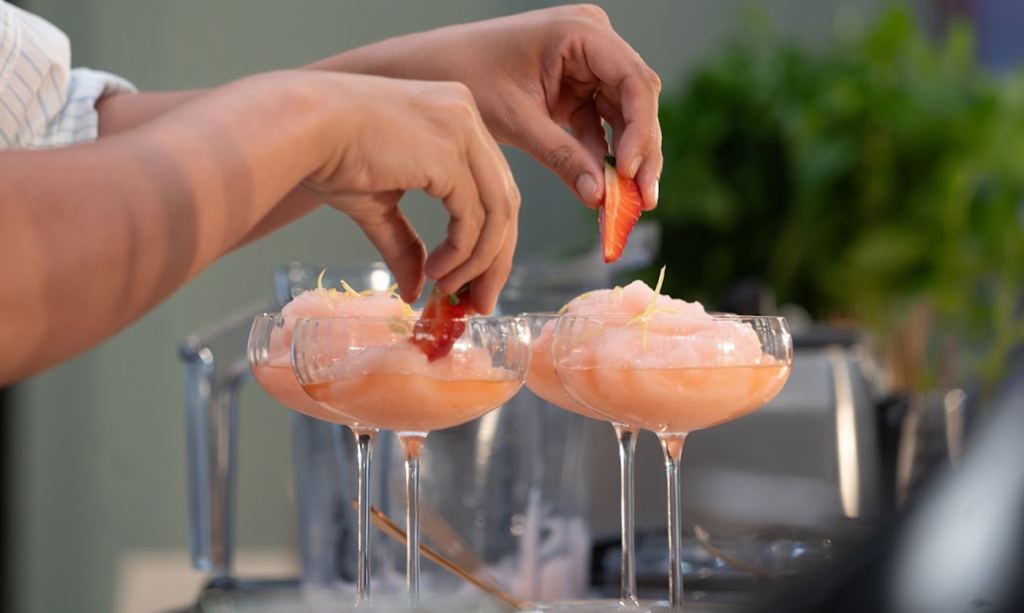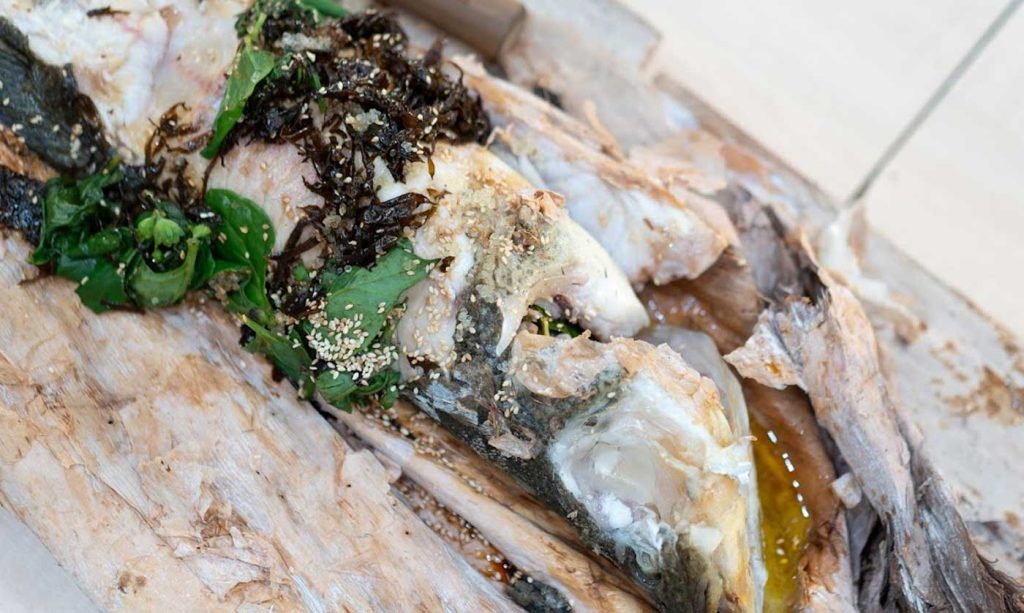Beginner’s Guide to Pairing Food and Wine
Published 28 Mar, 2024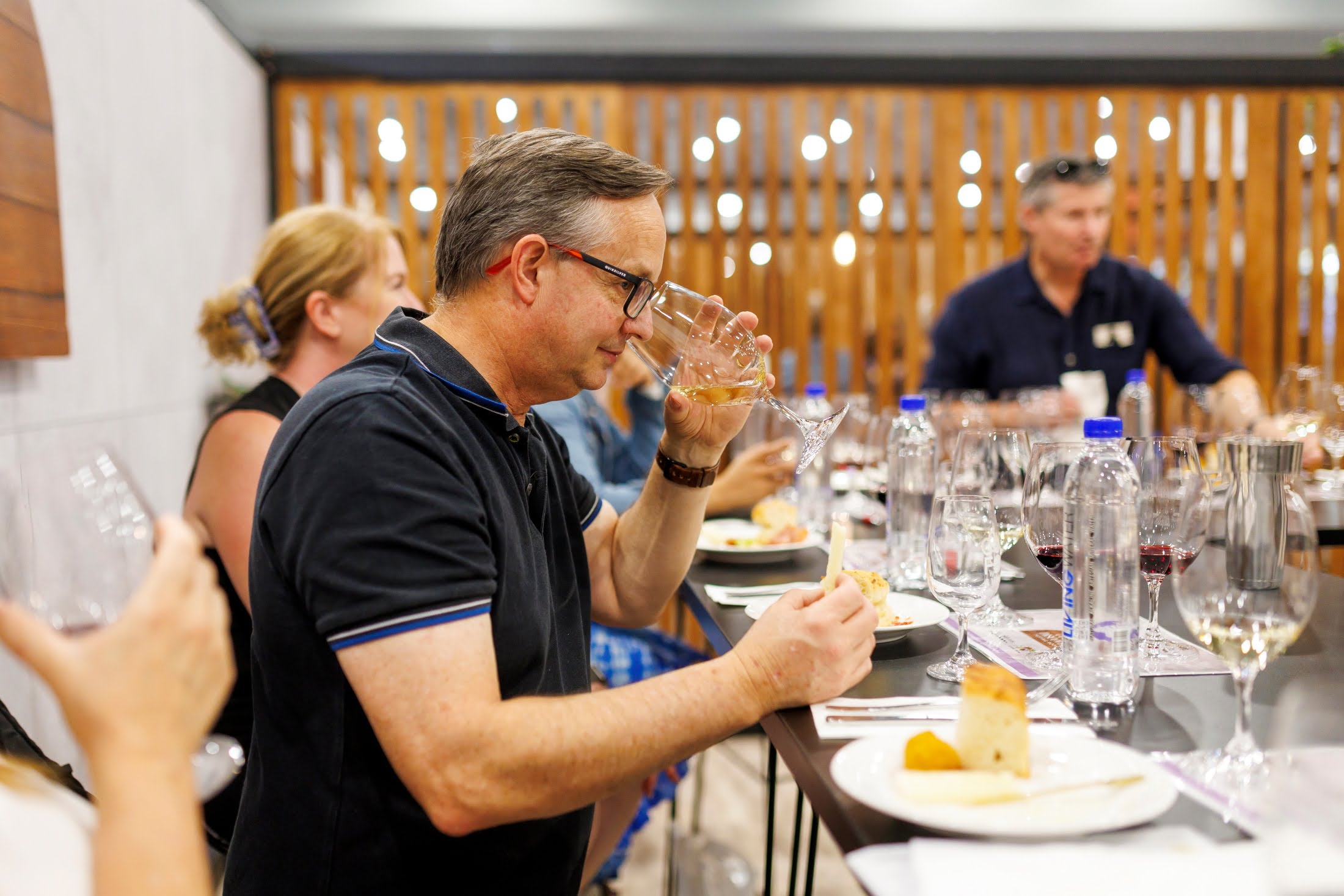
Pairing food and wine is one of life’s greatest pleasures, but with the sheer number of flavours available to explore it can be a little daunting. To help get you started, the Wine Selectors Tasting Panel has taken the guesswork out of the equation with this handy guide to creating the ideal food and wine pairings that everyone can enjoy.
Better still… secure your spot at one (or more!) of the Wine Selectors Tasting Rooms at the Good Food & Wine Show this year. From Bubbles and Brunch to Reds and Ribes, check out the masterclasses on offer in Melbourne or Sydney.
1. Aim to complement or enhance flavours
A good starting point is understanding the difference between complementary pairings or congruent pairings.
The first simply means choosing a wine that parallels or balances some of the flavour profiles in a pleasing harmony – think a soft cheese with a nicely acidic Pinot G. The second means choosing a wine that helps elevate the flavours of both the food and the wine – in other words, highlighting the spice in a curry with the savoury spice notes in a cool climate Shiraz.

2. Match food and wine according to weight.
This one’s an easy way to make your food and wine pairing a winner. Pair lighter foods that are lower in fat with lighter styles of wine, and ‘heavier’ (i.e., richer or fattier) foods with bigger wines.
For instance, the delicate flavours and textures of fish are always likely to prove a better match for a lighter-style white wine like Semillon. Salmon, however, which is a richer, fattier fish, proves a great match with a lighter red like Pinot Noir.
Meaty dishes, such as a big, juicy steak or slow-roasted lamb shoulder, are best enjoyed with bigger, full-bodied reds like Shiraz and Cabernet Sauvignon.

3. Go for similar flavour characters and intensity, and match to the sauce
Wine and food should be partners, with neither dominating the other. Richer foods need a richer wine that won’t fade in comparison, while light foods need a delicate wine, so the flavours in the dish aren’t overwhelmed.
You can create a good match by echoing the ingredients in your food with the characteristics in the wine, for example, asparagus with Sauvignon Blanc, a spicy Shiraz with fragrant Asian dishes, or an earthy Pinot enjoyed with anything containing mushrooms.
Don’t forget that the dominant feature of a dish can sometimes be the sauce rather than the main ingredient, so use that as your guide – delicate citrus sauces are a great pairing to Sauvignon Blanc or Semillon, for instance, while creamy sauces work well with either Chardonnay.
Red or meat-based sauces? Go for a red like Shiraz. And in the absence of sauce – it’s hard to go wrong with matching white wines with white meat, and red wines with red meat!

4. Consider the acidity of your wine and food
High acid wines harmonise well with the natural acidity in food, with a crisp white paired with a salad featuring a zingy vinaigrette being a good example.
Acid also balances fat, so beer-battered fish and chips are best served with a zesty white like Pinot Grigio, Riesling or a Classic White Blend.
Generally speaking, you want the wine to be more acidic than your food. Be careful with anything creamy however – a rich, creamy sauce will tend to clash with wines that display higher acidity.

5. Match tannins with fats for balance
Tannins are the astringent structural components in red wines, imparting somewhat bitter characters. When the tannins are obvious, a meal with a high fat content will soften the mouthfeel for a harmonious effect.
Great examples are slow roasted lamb shoulder or Parmigiano Reggiano with Cabernet Sauvignon-dominant wines. Fire up the barbeque and enjoy a robust Malbec with a fatty prime rib or juicy pork sausage.

6. Pair spicy wines with spicy foods
A spicy red like Shiraz is arguably the best red all-rounder with spicy food – just avoid wines that are too high in alcohol or tannins, as they will accentuate any heat present. Slightly off-dry Rieslings, on the other hand, can help take the heat out of spicy food.

7. Serve wines as sweet as the food
If you’re pairing wine with sweet dishes you’ll want to serve wine that is at least as sweet – or sweeter – than the food being served. A dessert that’s sweeter that the wine will make the wine taste dull and knock out its character.
Wines with a bit of fizz like Moscato or sweeter-style Prosecco can also be wonderful with fruit-based desserts, or even the classic combination of melon and prosciutto enjoyed as part of an antipasto spread.
If this tickled your fancy we think you’ll like our Wine Selector’s wine and food tasting rooms at the Good Food & Wine Show this year. Melbourne ticket info here and Sydney here.


